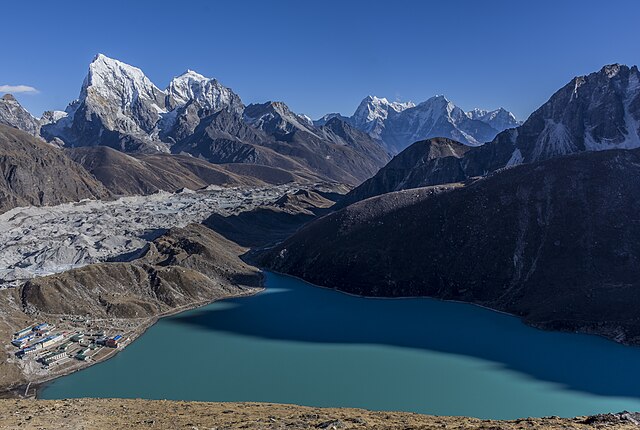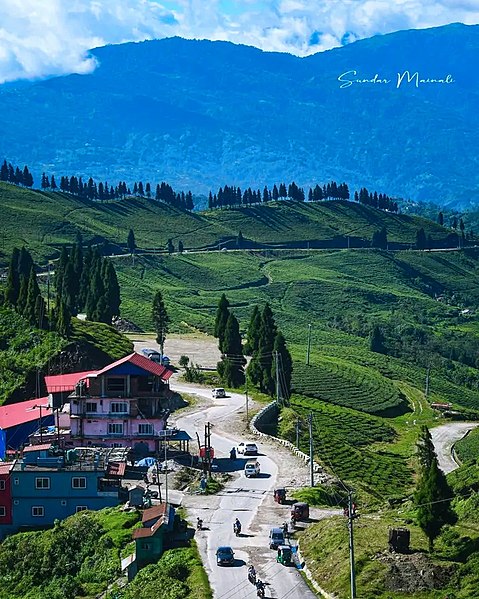Taplejung District is one of 77 districts of Nepal and one of the 14 districts of Koshi Province. It is located deep in the Himalayas in Eastern Nepal with བོད to the north across the Himalayas. Taplejung is the third largest district of Nepal.
Image: Dudhkunda at Yamtari glacier panoramio
Image: Ghunsa
Image: Lelep
Image: Pathivara, Taplejung
Koshi Province is the autonomous easternmost province adopted on 20 September 2015 by Constitution of Nepal. The province is rich in natural resources, tourist attractions, recreational activities, and natural beauty. The province covers an area of 25,905 km2 (10,002 sq mi), about 17.5% of the country's total area. With the industrial city of Biratnagar as its capital, the province includes major eastern towns of Birtamod, Sundar Haraincha, Damak, Dharan, Itahari, Triyuga Municipality and Mechinagar, and the Mount Everest, Kangchenjunga and Ama Dablam. Koshi River, the largest river of the nation, forms the province's western boundary. Under the First-past-the-post voting system issued by the Constituency Delimitation Commission, Nepal, the province hosts 28 parliamentary seats and 56 provincial assembly seats.
Image: Mount Everest as seen from Drukair 2 PLW edit
Image: Mount kanchanjunga
Image: Gokyo lake 2019
Image: Kanyam ilam








